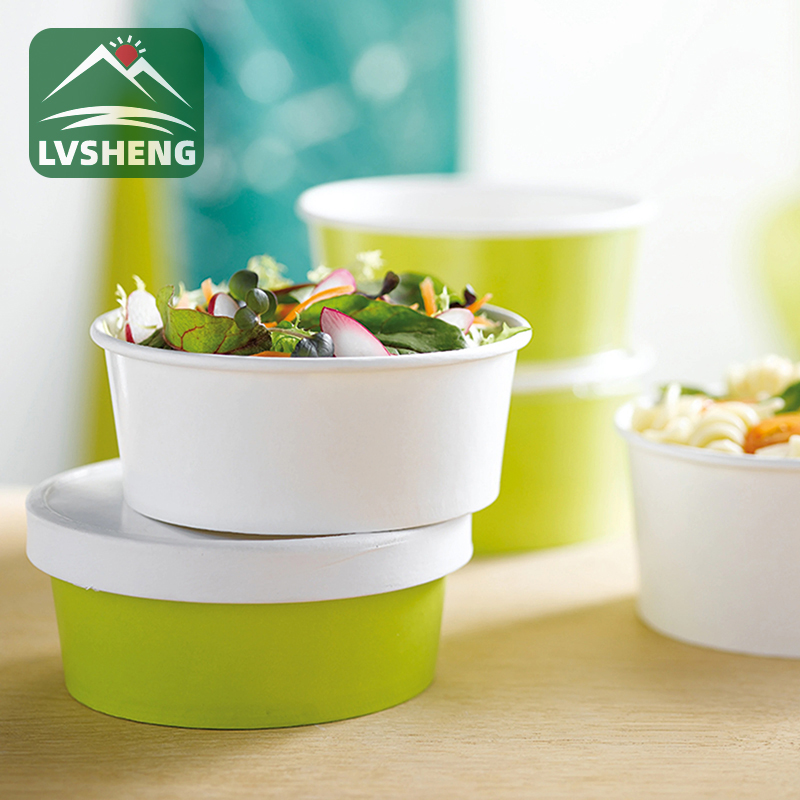- English
- Esperanto
- Català
- icelandic
- Kreyòl ayisyen
- Shqiptar
- lugha ya Kiswahili
- ភាសាខ្មែរ
- Монгол хэл
- Somali
- O'zbek
- Español
- Português
- русский
- Français
- 日本語
- Deutsch
- tiếng Việt
- Italiano
- Nederlands
- ภาษาไทย
- Polski
- 한국어
- Svenska
- magyar
- Malay
- বাংলা ভাষার
- Dansk
- Suomi
- हिन्दी
- Pilipino
- Türkçe
- Gaeilge
- العربية
- Indonesia
- Norsk
- تمل
- český
- ελληνικά
- український
- فارسی
- Burmese
- български
- Latine
- Қазақша
- Română
- Afrikaans
- שפה עברית
- Cymraeg
- Galego
- Latviešu
- беларускі
- Hrvatski
- Bosanski
- ქართული
- ગુજરાતી
- Hausa
- Corsa
- Kurdî
- IsiXhosa
- Zulu
- Chichewa
- Sesotho
- සිංහල
- Gàidhlig
- Cebuano
- Тоҷикӣ
- Hawaiian
- سنڌي
- Հայերեն
- Igbo
- Yoruba
- Javanese
- తెలుగు
- Euskal
- Azərbaycan
- Slovenský jazyk
- Македонски
- Eesti Keel
- Slovenski
- Srpski језик
Food Packaging Sustainability Is Increasingly Important to Consumers
2022-04-02
Sustainability continues to be one of the highest profile stories in the food packaging market, such as Takeaway Paper Bowl, with producers of the different types of packaging jockeying to be seen as the most environmentally friendly choice. This is driven in part by consumer awareness of the amount of waste generated by their household food consumption, coupled with increased media coverage of sustainability challenges.

However, the definition of sustainability continues to be problematic and often is focused on only one or two packaging parameters instead of total life cycle environmental cost. While consumer awareness of this complexity is increasing, including Takeaway Paper Bowl, the issues involving waste – how the packaging is disposed of – and how it protects the food remain in the front of consumers' minds.
While sustainability is a complicated concept that includes factors such as protection of the product from damage or waste and the amount of carbon needed for transport, consumers most widely equate eco-friendliness with what the source material is. Takeaway Paper Bowl is made of paper.
A consumer survey found that:
Consumers considered jars, bottles, snack bags, and pouches made from bioplastics to be the most eco-friendly packaging options.
Paper-based options such as Takeaway Paper Bowl, paper (e.g., wrappers), paperboard (e.g., cereal boxes and milk cartons), and corrugated board (e.g., shipping boxes) were also ranked highly in perceived eco-friendliness.
Conventional plastics were ranked lowest in perceived eco-friendliness.
While it is hard to communicate more complex levels of sustainability on a label, prominent placement of recycling instructions or eye-catching information about the incorporation of recycled or bio-based content would help make it easier for consumers to gauge the sustainability of a product's packaging.




